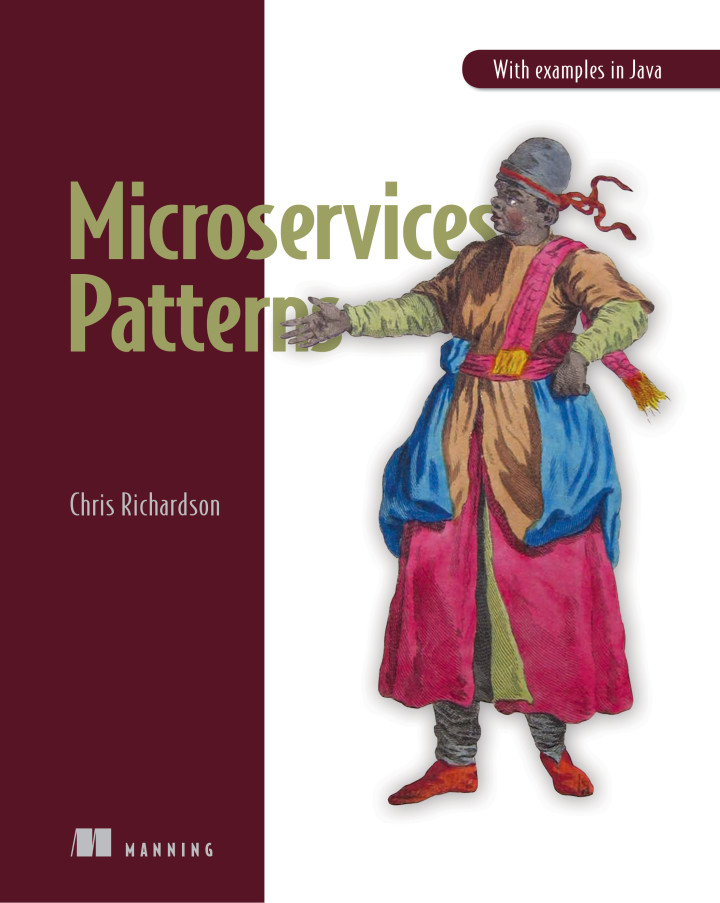Chris Richardson has helped numerous clients around the world adopt the microservices architecture.
As well as helping clients with the technical aspects of the microservice architecture, Chris also helps them avoid other pitfalls of adopting microservices including those related to process, organization and adoption strategy.
For more, see his keynote at the O'Reilly Software Architecture conference Potholes in the road from monolithic hell

Microservice architecture review
The goal of this review is to assess your application’s microservice architecture, and recommend ways to improve it. We also include training to address any gap in skills.
An engagement typically consists of the following steps:
- Engagement kickoff:
- Discuss key metrics:
- Development: lead time, deployment frequency, …
- Operational: change failure rate, availability, mean time to recover, …
- Conduct retrospective: what’s working well, what needs to be improved
- Review how to document architecture
- Discuss key metrics:
- Review requirements
- Understand the domain, for example, by using event storming
- Identify architecturally significant stories/scenarios including those that are complex, latency/availability sensitive, etc.
- Review AS-IS microservices architecture:
- Key elements of the architecture including services, and their APIs
- Service granularity and service<=>team mapping
- How services collaborate to implement architecturally significant stories/scenarios
- Technical architecture including deployment and monitoring architecture
- Review development and delivery organization’s structure
- Review development practices including
- Code quality
- The flow from development to production including automated deployment pipeline
- Automated testing strategy
- Identify training needs and deliver training, such as:
- Microservice architecture design principles
- Identify areas that need improvement and make recommendations:
- TO-BE Service architecture
- TO-BE Technical architecture
- Deployment pipeline
- Development and delivery organization’s structure
- Development practices including automated testing
- Review and prioritize recommendations by effort/impact
Estimated duration: 5-7 days in-person or remote equivalent
After the initial engagement, we periodically provide any needed technical review and guidance.